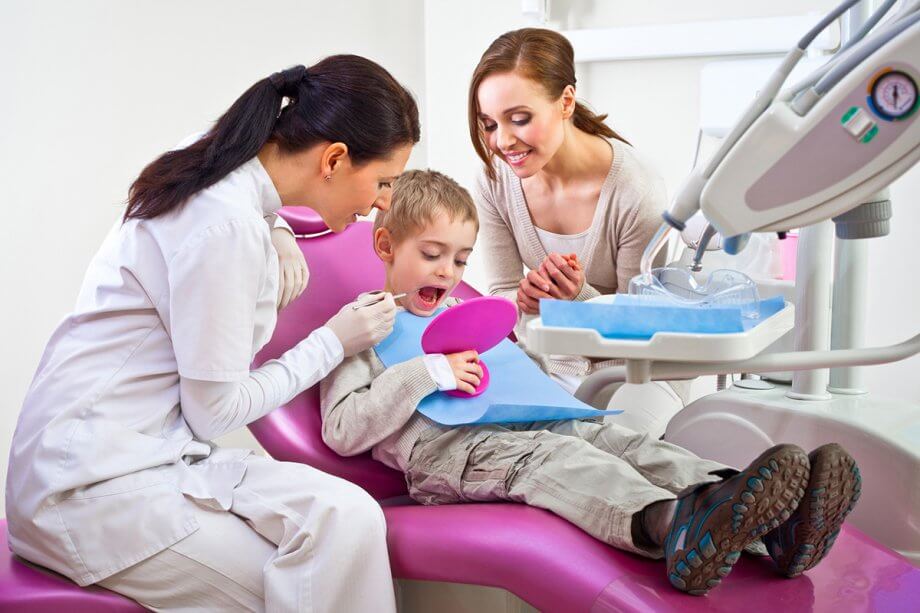When a child has an urgent dental concern, such as an injury or a toothache, it is considered to be a pediatric dental emergency. Situations such as these require immediate treatment. How do you know if the situation is a true emergency? Learn how to assess the problem and determine the best course of action.
Examples of Pediatric Dental Emergencies
The following situations are emergencies that require prompt treatment:
- Cracked or broken tooth. A tooth that is cracked or broken can often be saved when treated right away. The tooth is at a high risk of infection, which can be prevented with the right treatment at the right time.
- Dislodged tooth. If a tooth is knocked loose or out of place, but still remains in the socket, it still requires treatment. The tooth will need to be readjusted and splinted for support while the injured tissues heal. It will also need to be watched carefully for signs of internal damage.
- Avulsed (knocked out) tooth. A permanent tooth that is knocked completely out of the socket can sometimes be reimplanted, as long as it is done quickly. A baby tooth should not be put back in the socket to avoid damage to the permanent tooth underneath.
- Severe toothache. A severe toothache is often a sign of infection. Bacteria can enter the tooth through a deep cavity or a crack and infect the dental pulp, the soft tissue at the center of the tooth. The sooner the tooth is treated, the greater the chance that it can be saved.
- Soft tissue injuries. If your child sustains a cut or injury to the lip, cheek, tongue, or gums, it should be treated right away. It may need stitches to stop the bleeding and encourage proper healing of the tissue.
- Abscess or other signs of infection. An abscess is a raised bump with a white head that may form on the soft tissues of the mouth. It is a sign of infection in either a tooth or the gums. Other signs of infection include swelling and inflammation.
Who To Call For a Pediatric Dental Emergency
An emergency situation can be stressful and frightening. You may not know who to call if your child is in pain. The right professional to call depends on the situation. Your pediatric or general dentist may be able to provide treatment for all of the above situations. But certain situations may require the expertise of a specialist.
A periodontist is a dentist who specializes in treating the support structures for the teeth, specifically the gums and jaw. If a tooth is knocked loose or knocked out of the socket, a periodontist can repair the damage to the gums and bone to stabilize the tooth. In case of an injury or infection of the gum tissue, a periodontist can provide the necessary treatment to restore the health of your gums.
Frequently Asked Questions About Dental Emergencies
How do I know if the situation is a true dental emergency?
In some situations it can be difficult to determine if it is urgent enough to require immediate treatment, especially after hours. If the child is in severe pain that is not manageable with over the counter pain medication, if there is persistent bleeding, or if a tooth is knocked out of the socket, these are urgent enough to call at any hour.
When should I take my child to the Emergency Room?
If the situation becomes life threatening, call 911 or proceed to the nearest hospital emergency room. It is considered life threatening if the child has uncontrolled bleeding, difficulty breathing, or loss of consciousness.
Contact Hudson Valley Periodontics & Implantology
In case of a pediatric dental emergency, call Hudson Valley Periodontics & Implantology at 845-623-6666. During regular office hours we will make time to see you as soon as possible. After hours please follow the instructions provided on our voicemail to leave a message and someone will contact you shortly. For non-emergencies, contact us today to schedule an appointment.

